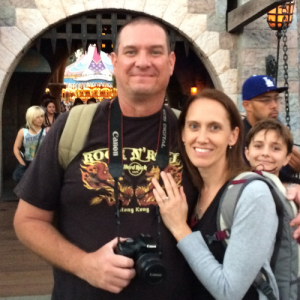DougJoseph
Aspiring developer

Posts: 161
Reg: Jan 30, 2016
Stonewood2,210
|
02/03/16 12:29 PM
(8 years ago)
|
| |
GoNorthWest
buzztouch Evangelist

Posts: 8197
Reg: Jun 24, 2011
Oro Valley, AZ | 02/03/16 01:44 PM (8 years ago) |
| |
DougJoseph
Aspiring developer

Posts: 161
Reg: Jan 30, 2016
Stonewood2,210 | 02/03/16 01:47 PM (8 years ago) |
| |
GoNorthWest
buzztouch Evangelist

Posts: 8197
Reg: Jun 24, 2011
Oro Valley, AZ | 02/03/16 01:51 PM (8 years ago) |
| |
DougJoseph
Aspiring developer

Posts: 161
Reg: Jan 30, 2016
Stonewood2,210 | 02/03/16 01:52 PM (8 years ago) |
| |
DougJoseph
Aspiring developer

Posts: 161
Reg: Jan 30, 2016
Stonewood2,210 | 02/03/16 01:55 PM (8 years ago) |
| |
GoNorthWest
buzztouch Evangelist

Posts: 8197
Reg: Jun 24, 2011
Oro Valley, AZ | 02/03/16 01:55 PM (8 years ago) |
| |
DougJoseph
Aspiring developer

Posts: 161
Reg: Jan 30, 2016
Stonewood2,210 | 02/03/16 02:19 PM (8 years ago) |
| |
DougJoseph
Aspiring developer

Posts: 161
Reg: Jan 30, 2016
Stonewood2,210 | 02/03/16 07:47 PM (8 years ago) |
| |
AlanMac
Aspiring developer

Posts: 2612
Reg: Mar 05, 2012
Esher, UK | 02/05/16 01:39 PM (8 years ago) |
| |
DougJoseph
Aspiring developer

Posts: 161
Reg: Jan 30, 2016
Stonewood2,210 | 02/05/16 05:01 PM (8 years ago) |
| |
AlanMac
Aspiring developer

Posts: 2612
Reg: Mar 05, 2012
Esher, UK | 02/06/16 01:27 AM (8 years ago) |
| |
DougJoseph
Aspiring developer

Posts: 161
Reg: Jan 30, 2016
Stonewood2,210 | 02/06/16 05:36 AM (8 years ago) |
| |
Login + Screen Name Required to Post
 Login to participate
so you can start
earning points.
Once you're logged in (and have a screen name entered in your profile), you can subscribe to topics, follow users, and start learning how to make apps
like the pros. Login to participate
so you can start
earning points.
Once you're logged in (and have a screen name entered in your profile), you can subscribe to topics, follow users, and start learning how to make apps
like the pros.
|